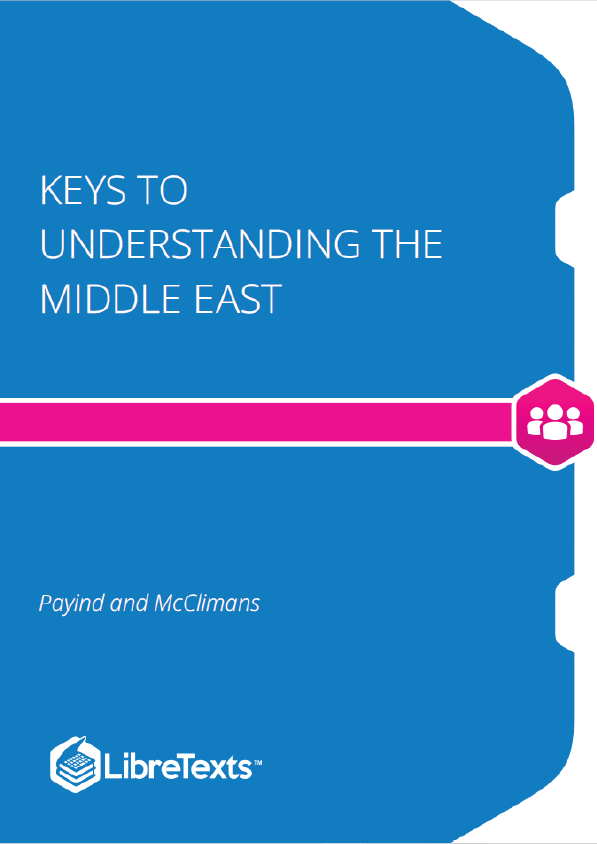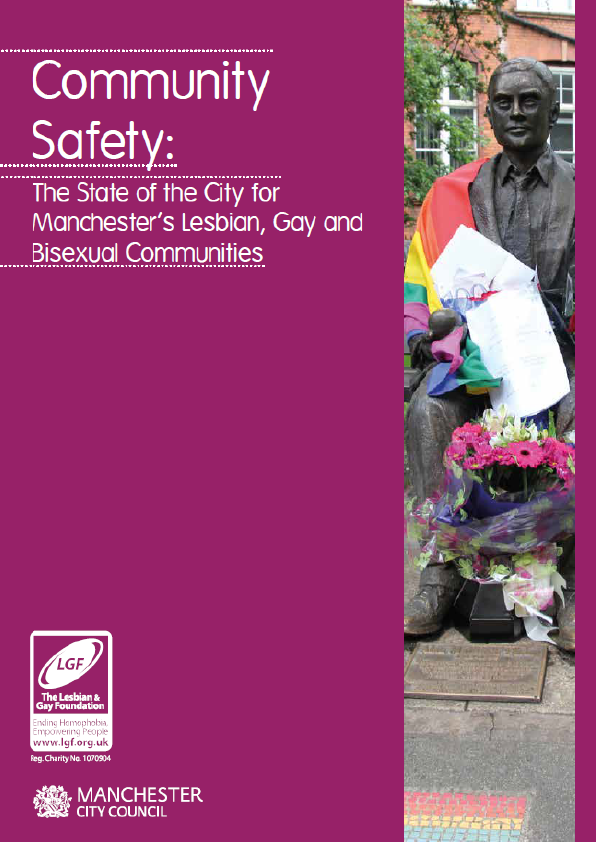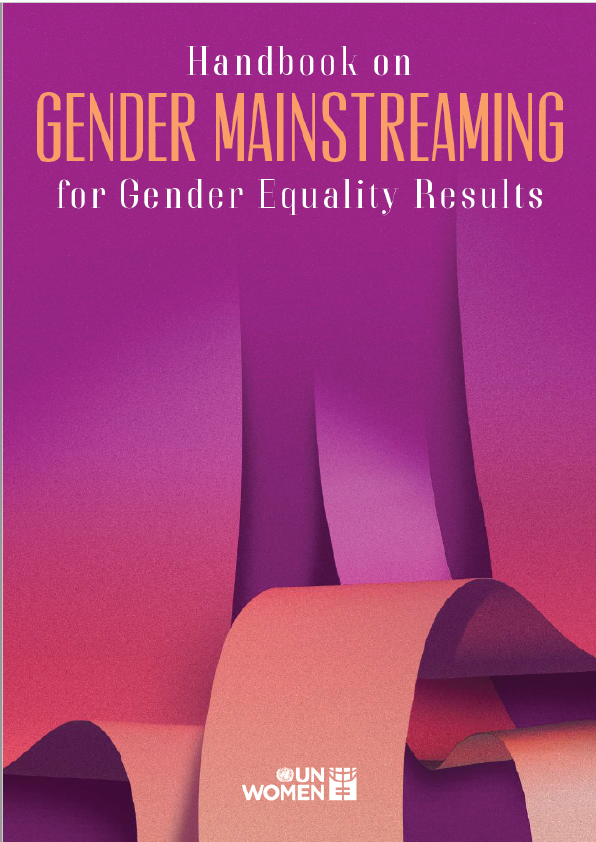This book is intended for readers who have never studied the Middle East, or experts who may wish to fill gaps in their knowledge of the region from other disciplines. Whether for establishing or deepening one’s knowledge of the region, these fundamentals are important to know. The languages, cultural, religious and sectarian communities of the region, and selected turning points and influential people in history are starting points for gaining an understanding of the diverse contexts of the region. It is based on introductory and graduate courses on the contemporary Middle East, which the Center’s director, Dr. Alam Payind, has been teaching for the past 30 years. The book’s co-author,Melinda McClimans, has taught these and other courses with him, as well as her own, for the past 15 years. The material is intended engage with diverse – even conflicting – cultural and historical perspectives, and ways of perceiving both Middle Eastern and world history from perspectives within the region. It is not intended to reinforce a monolithic or matter-of-fact perception of the region. For this and many other reasons, images are an important aspect of the knowledge presented. Each chapter starts with links to its image galleries, along with other visual aids and key elements.
Writing, or the representation of meaning through symbols and images, is an artifact of great historical and cultural importance. The Middle East is the birthplace for many forms of written language, including several phonetic alphabets which provided the breakthrough of representing sound through visual media. Artifacts (see below) of various scripts show the diversity of the cultural influences and how they have evolved over time. In addition to writing systems now strongly associated with the Middle East, such as Arabic and Hebrew, scripts developed by Assyrians, Egyptians, Babylonians, Sumerians, and Ancient Greek systems, such as linear B, are included. These samples demonstrate the widespread geographic influence these civilizations have had, from North Africa, to West Asia, and to the Indian subcontinent.
The samples below serve as introductions to linguistic history of the Middle East. These examples continue to have relevance today, whether continued as a form of spoken language, a liturgical language used in worship, or as a medium for conveying important cultural ideas. Arabic, Hebrew, and Greek have survived as living languages, still spoken by significant numbers of people. There are still people in Syria who speak Aramaic, also known as Syriac, as their native tongue. Ancient Egyptian continues through to the present day as the liturgical language used in the Coptic church. Arabic and Hebrew outlived the others, however, as the most actively used writing systems.
The primary living languages of the Middle East today are Arabic, Hebrew, Kurdish, Persian and Turkish. Pashto is another language spoken by a significant number in Afghanistan, while other Turkic languages closely related to Turkish, such as Turkmen, Uzbek, and others are important. Tajik and Dari are forms of Persian spoken in Afghanistan and Tajikistan. Arabic has a unique place amongst the writing systems due to its place in Islam, and Islam’s impact on the region. Many of these languages use, or have used Arabic script in the past, as their writing system. We therefore cover Arabic and its influence in sections, “Arabic’s Influence in the Region”, and “Islamic Expansion”.











